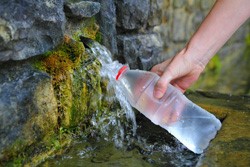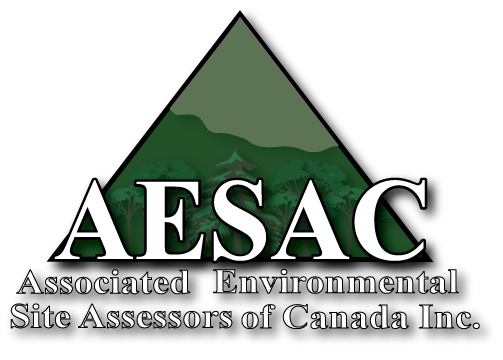In 2009 the Ontario Ministry of the Environment (MOE), now the Ministry of the Environment and Climate Change (MOECC) finalized legislation for filing a Record of Site Condition (RSC) when a property is re- developed to a more sensitive land use (e.g. from industrial to residential). This legislation (Ontario Regulation 153/04, as amended), commonly referred to as the Brownfield Regulations, came in to full effect in July 2011. These regulations provided new protocols for Phase One and Two ESA and Risk Assessments for RSC properties; and also established updated Site Condition Standards (SCS) to assess soil and groundwater conditions for both RSC and non-RSC properties.
The revised Ontario SCS included more stringent criteria for Trihalomethanes (THM), a group of chemicals that include chloroform, with the new SCS for chloroform in groundwater now lower than the Ontario Drinking Water Standard (ODWS). According to Health Canada, chloroform is considered to be a possible carcinogen in humans, based on limited evidence in experimental animals. Chloroform occurs naturally in volcanic gases, marine algae, and soil fungi. Anthropogenic sources include refrigerants, solvents, fumigants, insecticides, dyes, pesticides, chemical production, and as a by-product of drinking water chlorination. THM generated by the breakdown of drinking water disinfection chemicals in municipally treated water and sewage can be released through leaking or broken sewers and water lines, hydrant flushing, lawn sprinklers, and discharges from swimming pools. THM and Chloroform groundwater levels in excess of SCS, but below OWDS, have been found in areas with a municipally treated water supply.
Provision of safe potable water is vital as the tragic E. coli outbreak in Walkerton, Ontario has shown; and water treatment by chlorination does provide effective disinfection. Reasonable, protective levels must also be set for hazardous chemicals and potential carcinogens. However, in an apparent attempt to do both, the current RSC regulations and criteria in Ontario have led to an unintended, but costly consequence for some property owners and their consultants. The presence of THM impacted groundwater below a property can be problematic when the Site owner needs a Record of Site Condition, and the consultant has to certify that soil and groundwater conditions at the Site comply with applicable SCS. In my next blog I will review some possible options the property owner and consultant can explore in this situation.
Originally published by AESAC as “The Instructor’s Blog” in February 2015




